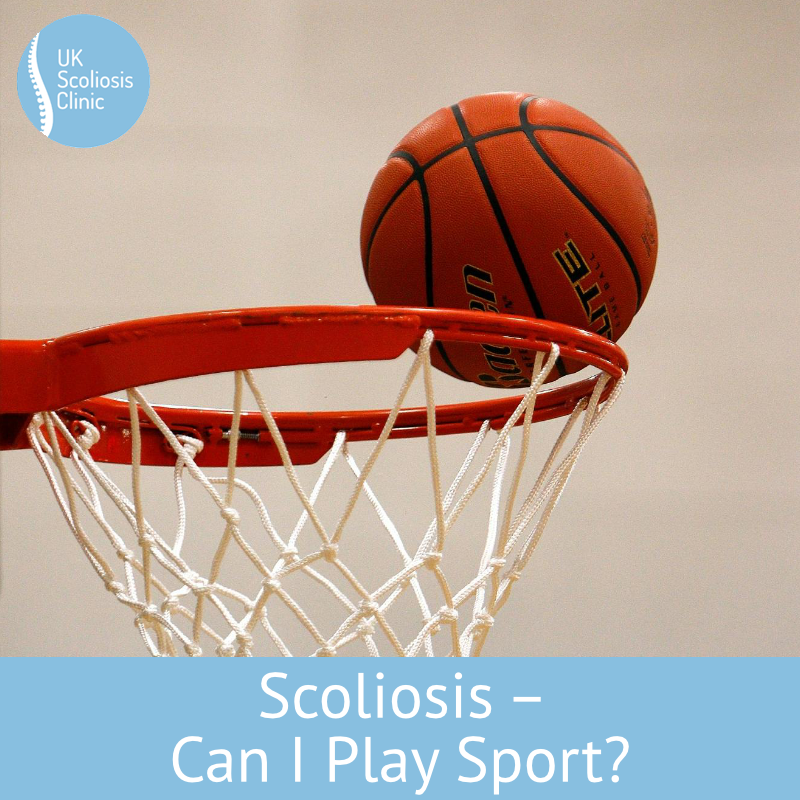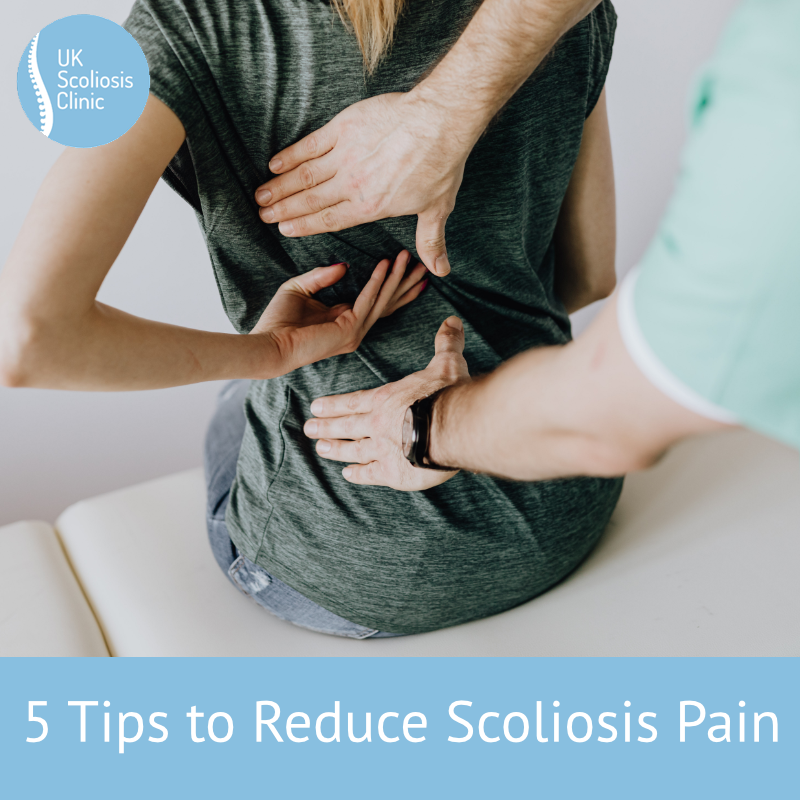
Physical exercise is a vital component of overall health, even for those with scoliosis. At the UK Scoliosis Clinic, we advocate for an active lifestyle during scoliosis treatment. Despite common misconceptions, scoliosis doesn’t necessarily mean avoiding sports altogether – although you do need to ensure your exercise program is not slowing down your treatment.
How to Choose Sports for Scoliosis
While participating in sports and physical activities may not treat scoliosis, they can actually help to address some of the associated muscle weaknesses and imbalances which often come with the condition. Tailored scoliosis-specific exercises are ideal, but any core-strengthening activity could be considered valuable as part of a broader treatment program. Exercise should be approached cautiously to avoid worsening existing imbalances however, so professional guidance is key. In general, we can point to some popular exercises which can be highly beneficial, as well as some which can be problematic.
Good Sports for Scoliosis
- Swimming – A low-impact, full-body workout that enhances strength and cardiovascular fitness. Opt for strokes that maintain a neutral spine position, and avoid high-diving.
- Cycling – A low-impact sport providing excellent cardiovascular benefits. Limit off-road cycling to avoid high-impact jolting that may compress the spine.
- Cross-Country Skiing – Minimises shock to the vertebrae and engages both sides of the body, promoting a strong and balanced spine. Skiing machines at the gym are suitable alternatives for those not located near a slope.
- Strength Training – When performed under professional guidance, strength training can strengthen muscles supporting the spine. Emphasise proper form to prevent worsening scoliosis.
- Yoga – Beneficial for adults with scoliosis, offering calming effects and potential fitness improvement. Some limited research suggests yoga could assist in treating scoliosis, making it a valuable complement to targeted exercises.
- Stretching – Essential for relieving tension, restoring range of motion, and counteracting the spine’s curvature. Be mindful of safe stretches and avoid those that hyper-extend or severely rotate the spine.
Bad Sports for Scoliosis
Certain sports, due to their nature, may load the body unevenly or stress the spine in ways that can worsen scoliosis. While participation is not necessarily ruled out, caution and consultation with a practitioner are advisable.
- Gymnastics, Ballet, Dance – These activities, which involve spine-contorting movements, may promote scoliosis. Caution is advised, especially for individuals at risk of developing or already having scoliosis.
- Trampoline or Impact Sports – While jumping on a trampoline strengthens leg muscles, it may worsen lumbar scoliosis due to downward landing forces. Impact sports like rugby pose inherent spinal injury risks and are best avoided.
- Strength Training with Spinal Compression – Heavy lifting can compress the spine over time. Proper guidance from a scoliosis professional is essential to exercise safely without unnecessary compression.
- Tennis, Javelin, Skating – One-sided sports that stress one side of the body more than the other, potentially increasing scoliosis. Balancing with complementary exercises may be appropriate.
Can I Play?
Sports and physical activities are great fun and a key aspect of overall health. Participation in sports is of course encouraged for individuals with scoliosis, however it’s critical that the chosen exercises align with their treatment program.




